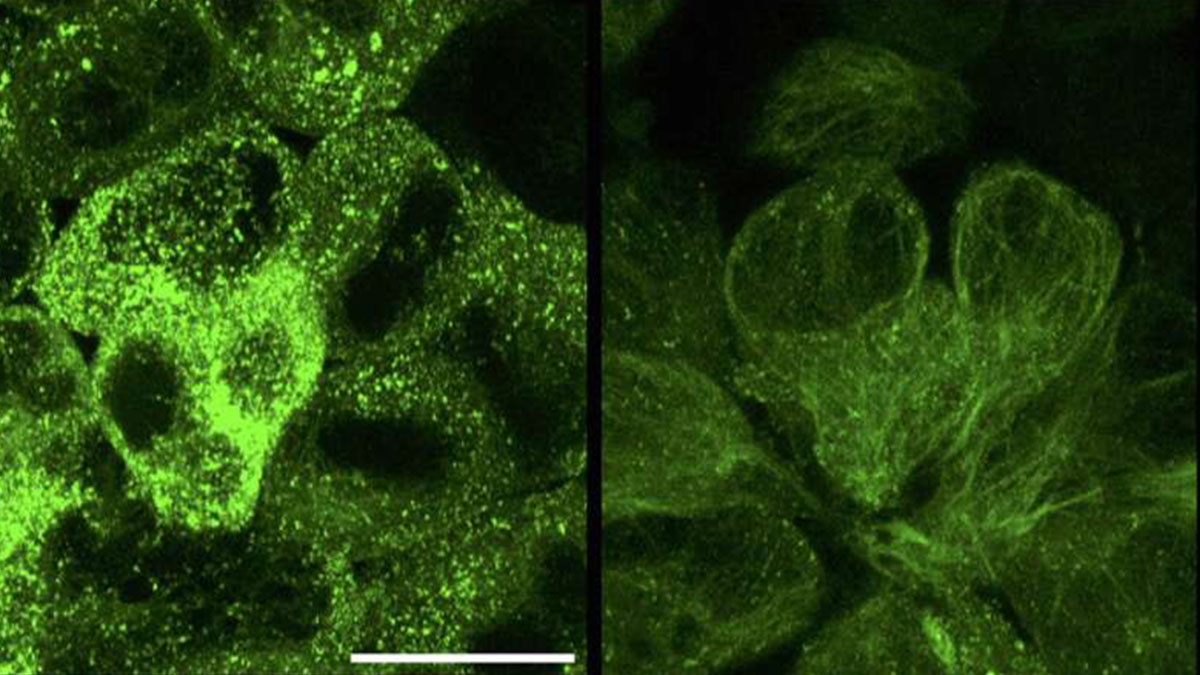
Recent research has introduced an exciting new therapy for Alzheimer’s disease that targets and destroys tau tangles. These harmful protein clumps disrupt brain function and are a major feature of Alzheimer’s. Scientists from the UK have developed innovative therapies that have shown promise in improving neurodegenerative symptoms in mice.
Understanding Tau Tangles
Tau tangles are abnormal clumps of tau protein that accumulate inside nerve cells. They are a key feature of Alzheimer’s disease and other neurodegenerative conditions. Unlike amyloid plaques, which form outside cells and are targeted by some new treatments, tau tangles form inside cells and are harder to reach with existing therapies.
How the New Therapy Works
The new therapies aim to selectively remove tau tangles while preserving healthy tau proteins. Here’s how this innovative approach works:
1. TRIM21’s Role in Targeting Tau
The therapy uses a protein called TRIM21, originally known for its role in the immune response, to target and destroy tau tangles:
- Selective Destruction: TRIM21 targets only the disease-linked tau tangles, leaving healthy tau proteins intact.
- Effective Removal: The therapy not only prevents new tau tangles from forming but also removes existing ones.
2. New Therapeutic Techniques
Two new approaches using TRIM21 have been developed:
- RING-nanobody: This combines a small antibody (nanobody) that binds to tau with the TRIM21 RING. This combination helps mark tau tangles for destruction.
- RING-Bait: This method attaches TRIM21 to a copy of the tau protein. The tau aggregates take up this bait, which leads to their destruction.
Research Findings
Recent studies published in Cell and Science highlight the effectiveness of these therapies:
- In Mice: The therapies successfully reduced tau tangles and improved motor functions in older mice.
- Impact: The treatments showed potential in reducing tau aggregates and possibly slowing disease progression.
Potential for Other Diseases
These therapies could also be applied to other conditions caused by protein aggregation, such as:
- Motor Neuron Disease
- Huntington’s Disease
- Parkinson’s Disease
Future Outlook
While these new therapies are promising, there are still several steps to take:
- Human Trials: More research is needed to test these therapies in humans to ensure they are safe and effective.
- Gene Delivery: Developing methods to deliver these therapies effectively to the human brain is a significant challenge.
Conclusion
The new TRIM21-based therapies offer a hopeful advancement in treating Alzheimer’s disease by specifically targeting and destroying tau tangles. This innovative approach could lead to better management of neurodegenerative conditions. Continued research and development are crucial for bringing these therapies to clinical use.
References
- “New therapy that targets and destroys tau tangles: A promising Alzheimer’s disease treatment,” Cell and Science journals.
- UK Dementia Research Institute (UK DRI) at the University of Cambridge.
- Medical Research Council Laboratory of Molecular Biology (MRC LMB), Cambridge, UK.
